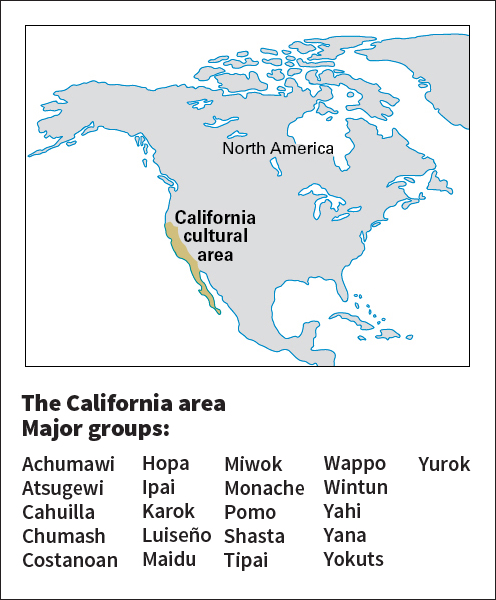Yahi Indians were a native people of what is now northern California. In the late 1700’s, about 1,500 Yahi lived in small bands around the western Sierra Nevada mountain range. They lived by hunting and fishing and by gathering wild plant foods. The Yahi spoke a language in the Yana language family of northern California.

Settlers from the east rushed to northern California after gold was discovered there in 1848. By the early 1870’s, the Native American population of California was severely reduced. Disease and warfare had taken many lives. Gold miners considered many Native American groups to be a threat. Some miners organized groups to hunt down and kill the Native Americans. By the end of the 1800’s, the Yahi had nearly vanished.
The last surviving Yahi, a man named Ishi, was found near Oroville, California. Local authorities took him to anthropologists at the University of California in San Francisco. Ishi told the anthropologists how he had survived in the wilderness for years. He had been separated from his family following an encounter with gold miners. When he was found, Ishi was living a traditional Yahi lifestyle with virtually no contact with the outside world. Ishi spent the rest of his life at the university, living in the anthropology museum. He taught the anthropologists about Yahi language, culture, and toolmaking and shared his recollections of tribal life.

Ishi died of tuberculosis in 1916. His body was cremated and buried in a local cemetery. However, scientists had removed his brain before cremation. They sent it to the Smithsonian Institution in Washington, D.C., for study. In 1999, scientists discovered Ishi’s brain among the Smithsonian collections. In 2000, Ishi’s remains were returned to surviving Yana. The Yana buried his remains in a secret location in accordance with their custom.
See also Kroeber, Alfred Louis .
